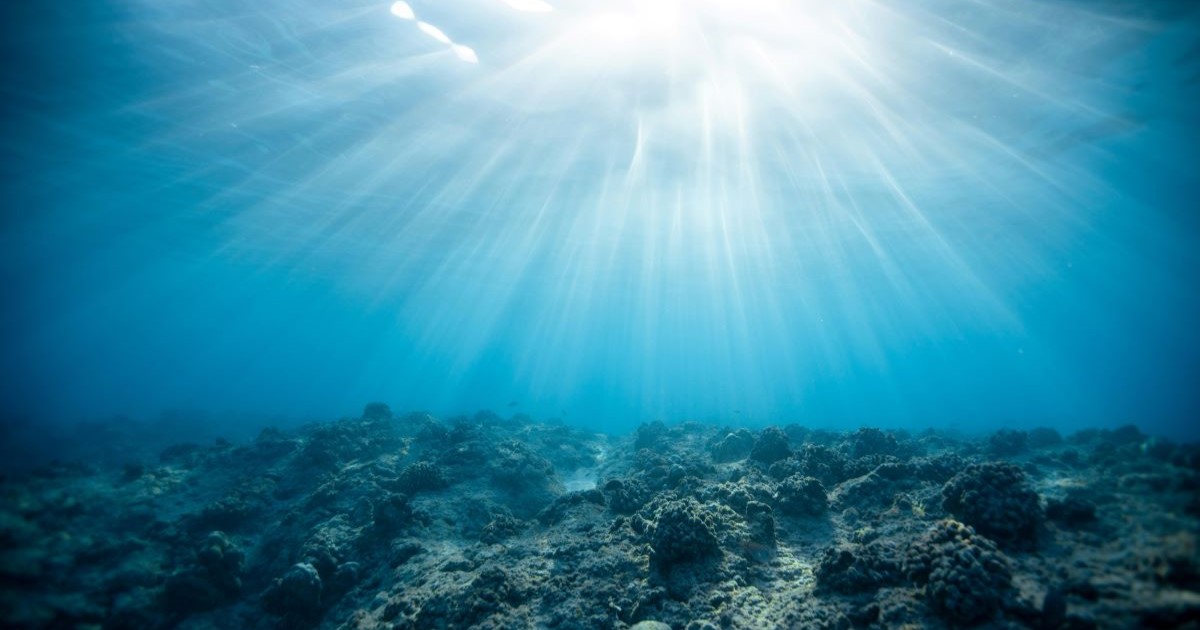
Pexels
When it comes to the climate crisis, the scale of the issue can feel a little confusing. After all, the change (to us humans) feels extraordinarily slow, with no perceptible sense of year on year change.
But the climate is changing – and it is not doing so in line with ordinary climate fluctuations.
That’s because this climate change is accelerated by an unpleasant legacy of destructive human activity – activities including deforestation, overconsumption, industrial emissions and the burning of fossil fuels that continue to this day.
And though you might not think you feel hotter than you did last year, our planet is experiencing more and more temperature extremes (higher highs and lower lows, including unseasonable weather in places where you might not expect it) as well as extreme weather events like heatwaves, wildfires and droughts on one end, and storms, increased rainfall and flooding on the other.

Pexels
But that’s just on land.
In our oceans things are changing too, with warmer ocean temperatures, ocean acidification, and rising sea levels (thanks to melting glaciers) all changing the way that our marine ecosystems – including phytoplankton, which are fundamental to the continued existence of life on Earth – live.
This isn’t new information, however. Back in the 1990s, the Intergovernmental Panel on Climate Change explained that over the coming 30 years, sea levels would rise by around 8 centimeters.
And according to a new paper published in the journal Earth’s Future, they were right.

Pexels
In fact, in the thirty years since the initial predictions (based on early satellite information) were published global sea levels have risen by 9 centimeters, with the rate of sea level rise doubling through the three decades – despite the fact that researchers back then didn’t know too much about how our planet’s ice sheets would melt, and the extent to which this would happen.
In fact the international research team from Tulane University, the University of Oslo, and NASA’s Jet Propulsion Laboratory at Caltech who revisited the three-decade-old research confirmed the near-accuracy of the predictions. But more harrowingly, as Tulane’s Torbjörn Törnqvist explained in a statement, it showed that with this early knowledge, we could have done so much more
“The ultimate test of climate projections is to compare them with what has played out since they were made, but this requires patience. It takes decades of observations. We were quite amazed how good those early projections were, especially when you think about how crude the models were back then, compared to what is available now. For anyone who questions the role of humans in changing our climate, here is some of the best proof that we have understood for decades what is really happening, and that we can make credible projections.”
All of this just underscores the importance of acting fast to protect our climate, and providing preparatory support to regions that could be significantly affected by sea-level rise, including low-lying parts of the US, as Tulane’s Sönke Dangendorf continued:
“Sea level doesn’t rise uniformly – it varies widely. Our recent study of this regional variability and the processes behind it relies heavily on data from NASA’s satellite missions and NOAA’s ocean monitoring programs. Continuing these efforts is more important than ever, and essential for informed decision-making to benefit the people living along the coast.”
This all just goes to show that significant measures need to be taken – and fast, since our climate models are accurate need to be taken seriously.
If you thought that was interesting, you might like to read about the mysterious “pyramids” discovered in Antarctica. What are they?
Categories: SCI/TECH
Tags: · climate, climate change, climate crisis, climate modelling, coastal flooding, environment, flooding, melting ice caps, natural disasters, ocean acidification, rising sea levels, science, sea levels, single topic, top

